
Try Amazon Fresh
Baptistère de Saint Louis
figures inside the rim
| A detail of the 3 mounted mamluks. | A detail of the right mamluk and ruler. |
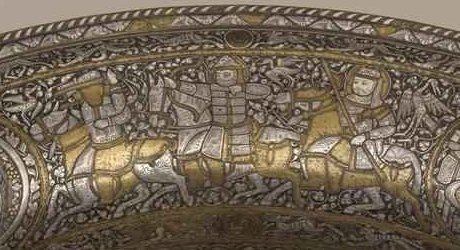
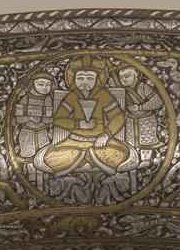 |
|
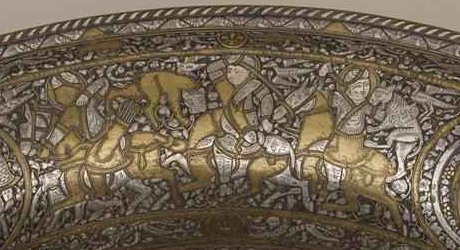
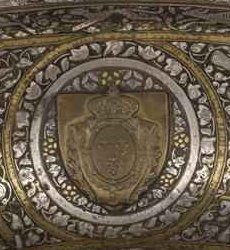
| |
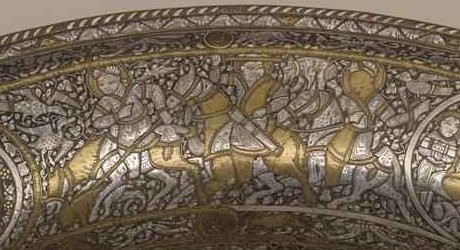
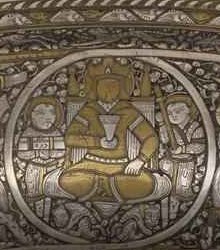
| |
| A detail of the mamluk horse-archer | A detail of the mamluk swordsman |
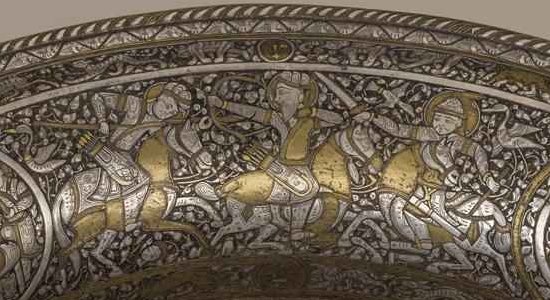
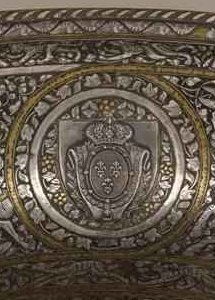
| |
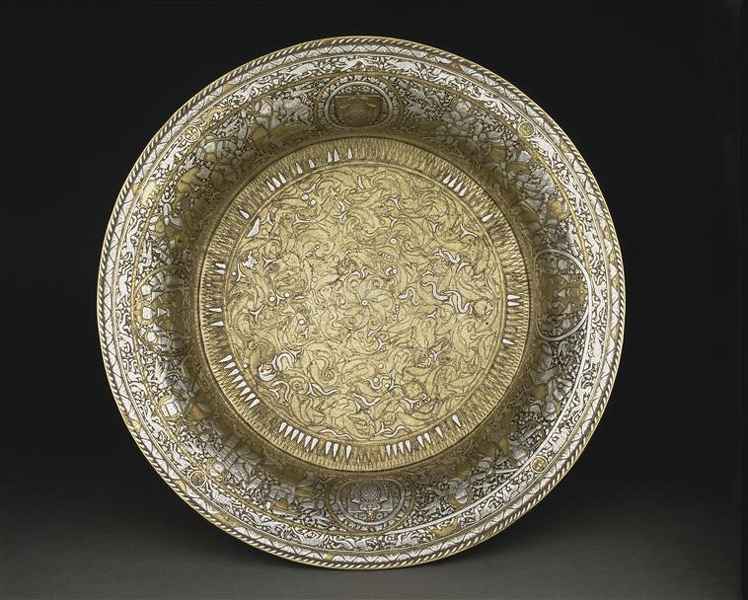
Picture source: Muzeo Collection. Held by the Musee du Louvre, Paris.